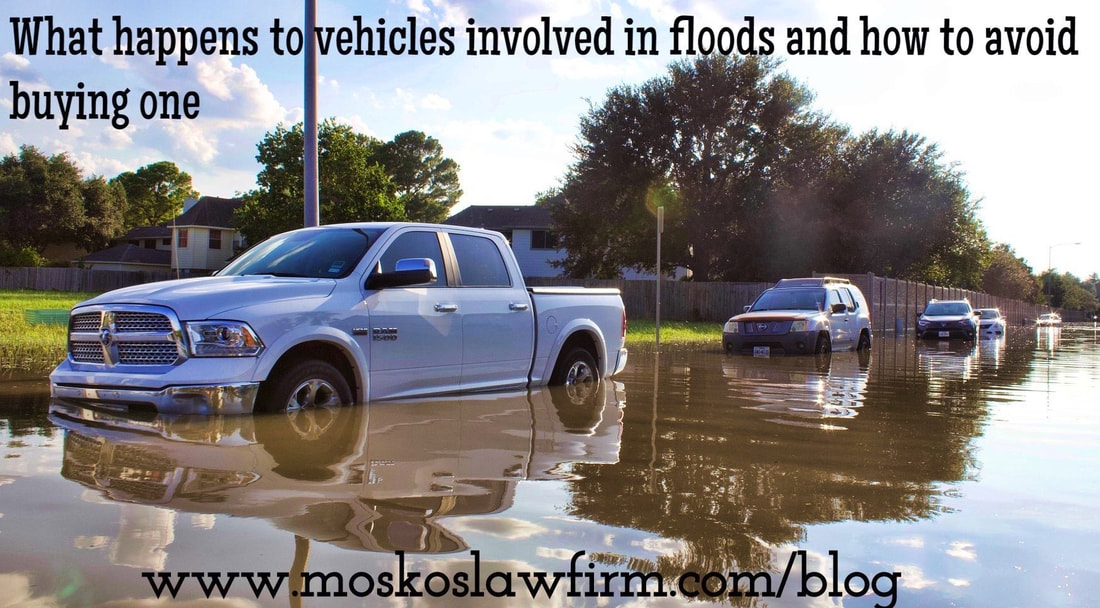While cars seem pretty strong and sturdy, they are basically just large electronics – especially if they’re newer models. And you know what happens if you throw a TV into a pool – there’s little that can be done to salvage it, and even if you can fix it, it’ll never run as well. A lot of cars that get damaged in floods will end up totaled, and about half of them will get re-sold on the market through salvage auctions, which means a lot of people have no idea they might be purchasing a used car that was previously in a flood.
So how can you avoid purchasing a vehicle that was involved in a flood? First, make sure to track down the car’s Vehicle Identification Number, which is on the dashboard and title. There are many databases such as National Motor Vehicle Title Information System and VINcheck that allow you to look up a vehicle’s VIN to see where it’s been. Some cars do slip through the cracks thanks to state-by-state inconsistencies in salvaged vehicle branding so it’s important to look for other telltale signs.
When looking at cars, buyers should first and foremost check for caked-on mud or any kind of peculiar odors in the carpets and other difficult-to-clean places. The headlights may also feature a visible water line on their lens, which is a major giveaway that the vehicle is flood-damaged. Another big clue is rust, especially in screws under the dashboard.
While states have certainly made moves to protect consumers from unsuspectingly purchasing flood-damaged vehicles, there’s always a risk when it comes to buying used cars and a smart buyer will know to keep an eye out for suspicious signs.

 RSS Feed
RSS Feed